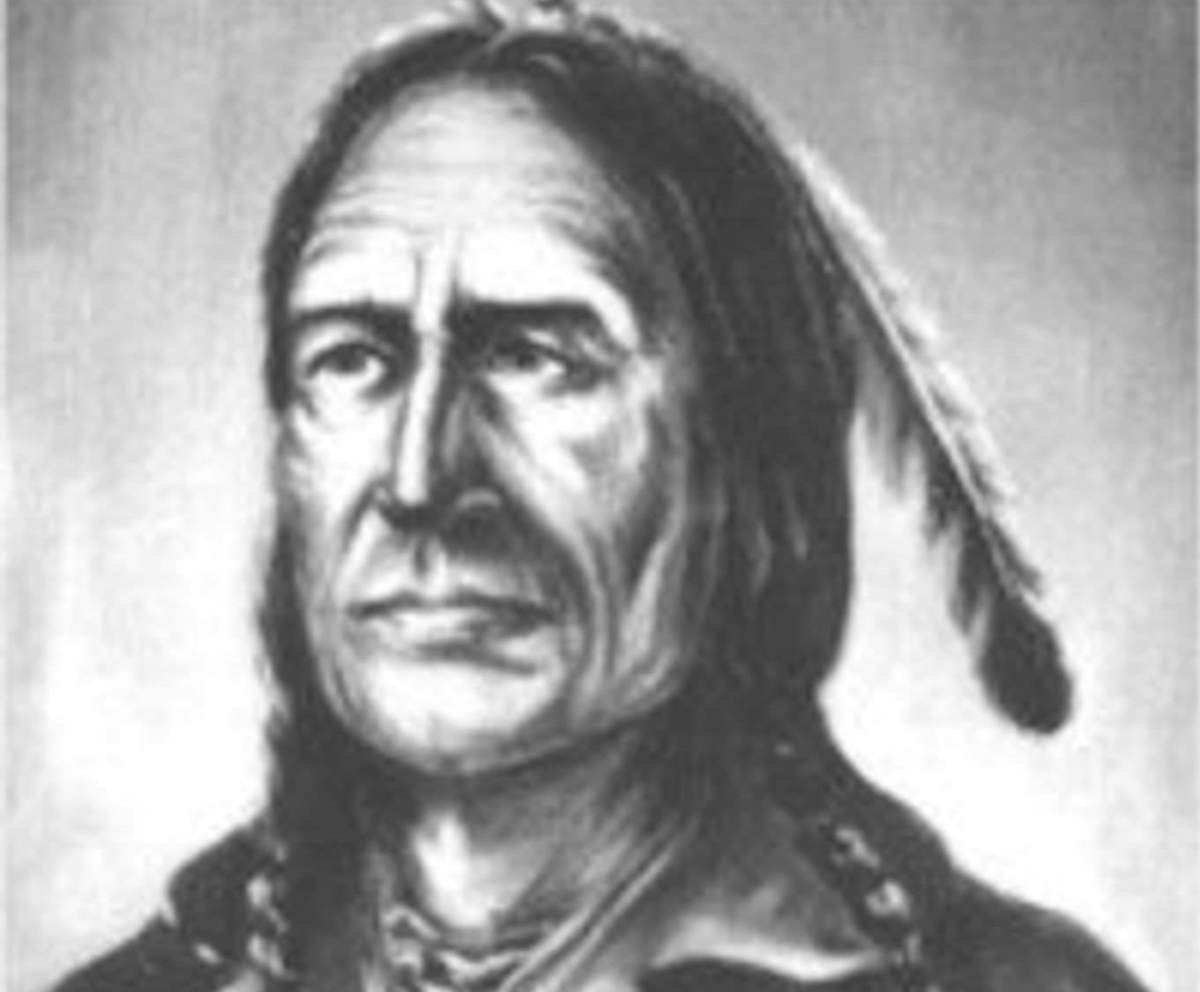The province has started a search for someone to design and build a monument on the grounds of the Manitoba Legislative Building.

The provincial government, along with the Committee to Commemorate the 200th Anniversary of the Peguis Selkirk Treaty, is issuing a Request for Qualifications (RFQ) to those wanting to design a statue of the chief.
“Our committee is very pleased that we have been able to move this project forward over the last four years,” Bill Shead and John Perrin, committee co-chairs, said in a news release.
“We gratefully acknowledge the support of the Manitoba government in making this project happen. It is our hope this monument will inspire all Manitobans to recognize First Nations contributions and embrace mutual respect and reconciliation.”
The statue is meant to promote reconciliation between First Nations and non-Indigenous people. The Peguis Selkirk Treaty was the first formal written agreement recognizing Indigenous land rights in Western Canada and pre-dates the numbered treaties.

Get daily National news
Inscriptions on the monument will commemorate all five treaty signatory chiefs, the committee chairs said.
The province has previously announced it will provide funding towards the building of the monument, and said Wednesday that it will contribute $500,000 to the project.
Indigenous Reconciliation Minister Alan Lagimodiere noted that the monument will be the first on the province’s legislative grounds to recognize the contributions of First Nations Peoples to Manitoba.
The statues on the grounds of the Manitoba legislative building were recently the target of protesters after groups damaged and tore down two statues of Queens Victoria and Elizabeth II on Canada Day.
Premier Brian Pallister later said the statues would be repaired.
“Tearing down is a lot simpler than building up,” Pallister said, adding he felt “disgust and disappointment” at the vandalism.
“I believe that Canada has been, and will always be, I hope, a nation that is an example to those around the world of our dedication to building.”

His comments later prompted a firestorm of controversy that ended with an apology.
“The people who came here to this country didn’t come here to destroy anything. They came here to build,” he said July 7.
“They came to build better … and they built farms, and they built businesses, and they built communities and churches too.”
Tuesday afternoon, Pallister apologized for the “misunderstanding” he caused with his words.








Comments